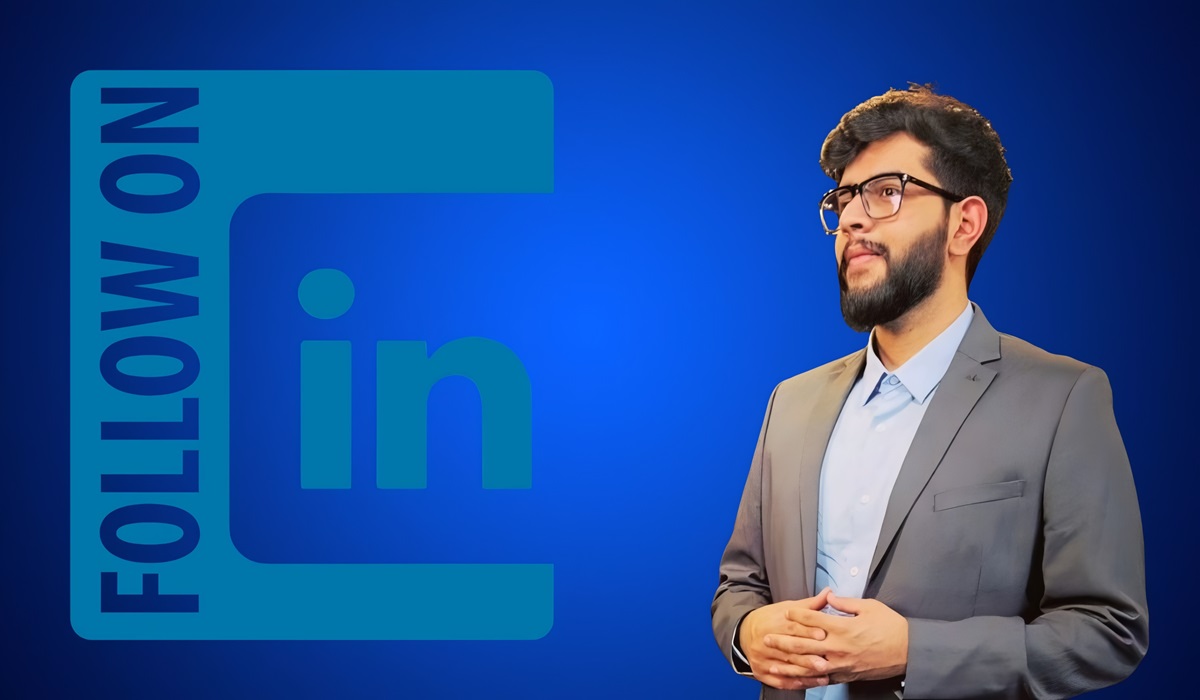Image Credit: Mohamed Hassan
As streaming bills climb higher than old cable packages and “cheaper” plans force viewers to sit through commercials, many households are asking if it’s time to cut multiple apps for just one solution.
Not too long ago, streaming felt like a revolution. Gone were the days of paying bloated cable bills for hundreds of channels you never watched. Instead, one sleek platform promised everything: movies, shows, documentaries, and exclusives—ad-free—for a fraction of the cost. Families cut the cord in droves, trading cable boxes for smart TVs and laptops.
But as the years rolled on, something shifted. The very industry that promised freedom from bundles has quietly built bundles of its own.
Today, a typical household doesn’t just have one streaming service—it has four, five, sometimes more. Netflix, Disney+, Prime Video, Crave, Paramount+, Apple TV+, each one dangling exclusive shows and films that can’t be found anywhere else. It’s entertainment by subscription, and it comes at a steep cost.
In Canada, Netflix’s ad-free plan is $20.99 a month. Disney+ is another $11.99. Add Prime at $9.99, Crave at $21.99, and you’re paying more than $65 a month—over $780 a year. Sports packages like DAZN or TSN+ push that bill into the thousands.
And if you want to save a little? You can downgrade to the cheaper “with ads” tiers. Which, for many, feels like déjà vu: commercials breaking into shows, pausing live moments, interrupting the very experience streaming once promised to protect.
It raises a question many are quietly asking: did we trade one expensive system for another?
Across living rooms in Winnipeg, Toronto, and Montreal, families are beginning to rethink how they watch. Instead of managing five different logins and five different bills, some are choosing to consolidate—to strip it all down to one solution that does it all.
That’s where services like Favorite Channels are finding their place. While lesser-known than the household giants, the pitch is strikingly simple: over 30,000 live channels and on-demand content worldwide, one app, no ads, and no juggling subscriptions. The pricing looks almost unbelievable in contrast:
– 6 months – $39 CAD
– 1 year + 3 months bonus – $65 CAD
– 3 years – $85 CAD
– 5 years – $115 CAD
Stack that against the mainstream model: five years of Netflix alone is about $1,260. Add the rest, and households can easily spend $3,000–$4,000. Five years with Favorite Channels? $115 CAD total.
It’s these kinds of comparisons that are fuelling the question: why keep paying more for less?
Of course, not everyone is ready to ditch the streaming giants. They still control the cultural conversation, with blockbuster releases and buzzy shows that dominate social media. But for many families, the math just doesn’t add up anymore. Entertainment is supposed to be a source of relaxation, not another bill to dread at the end of the month.
“I was paying close to $100 every month and still couldn’t find what I wanted half the time,” one Canadian viewer told me. “Now I just have everything in one place. No ads, no stress.”
And maybe that’s the turning point. As streaming edges closer to the very cable model it once replaced, households are asking harder questions. Not “which new app should I subscribe to,” but “which ones can I finally live without?”
For those leaning toward consolidation, the answer is increasingly clear: instead of many, one is enough.









